On December 17, 1989, the flame of Romania’s Revolution against communist rule was ignited by the first street demonstrations in the border city of Timișoara. Until then, due to the severe oppression of General Secretary Nicolae Ceaușescu’s communist regime and security, Romanians hoped for such a change only by witnessing what had been happening in the neighboring socialist countries. The action in Timisoara was met with violent force by the military, with the deaths that followed sparking national outrage and bringing Romanians into the streets in droves. Other demonstrations followed in big cities across the country, culminating in the capital of Bucharest, when the dictator Ceaușescu and his wife fled on December 22.
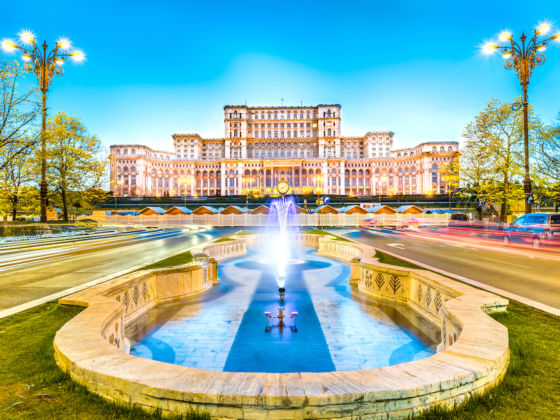

Thirty Years After the Revolution, Romania Is Still Rebuilding
Following the revolution, the communist regime collapsed and an interim government took power. The Ceaușescu couple, captured almost immediately by their own military, was summarily judged and sentenced to death. Their execution took place just a few days later, on December 25, capping an eight-day revolution and the only fatal overthrow of a communist government that took place during that year of revolt across the Eastern Bloc.
Romanians hoped their country would quickly reach the development level of Western European countries like England and France. However, in 2019, 30 years after the revolution, this hasn’t happened yet and Romania is still considered a country under development.
That’s not to say that things haven’t changed in those 30 years, however. Here are some of the most important changes that have occurred in this timeframe, what still needs to change, and what many of us Romanians think of them.
1. First and foremost, there’s freedom.
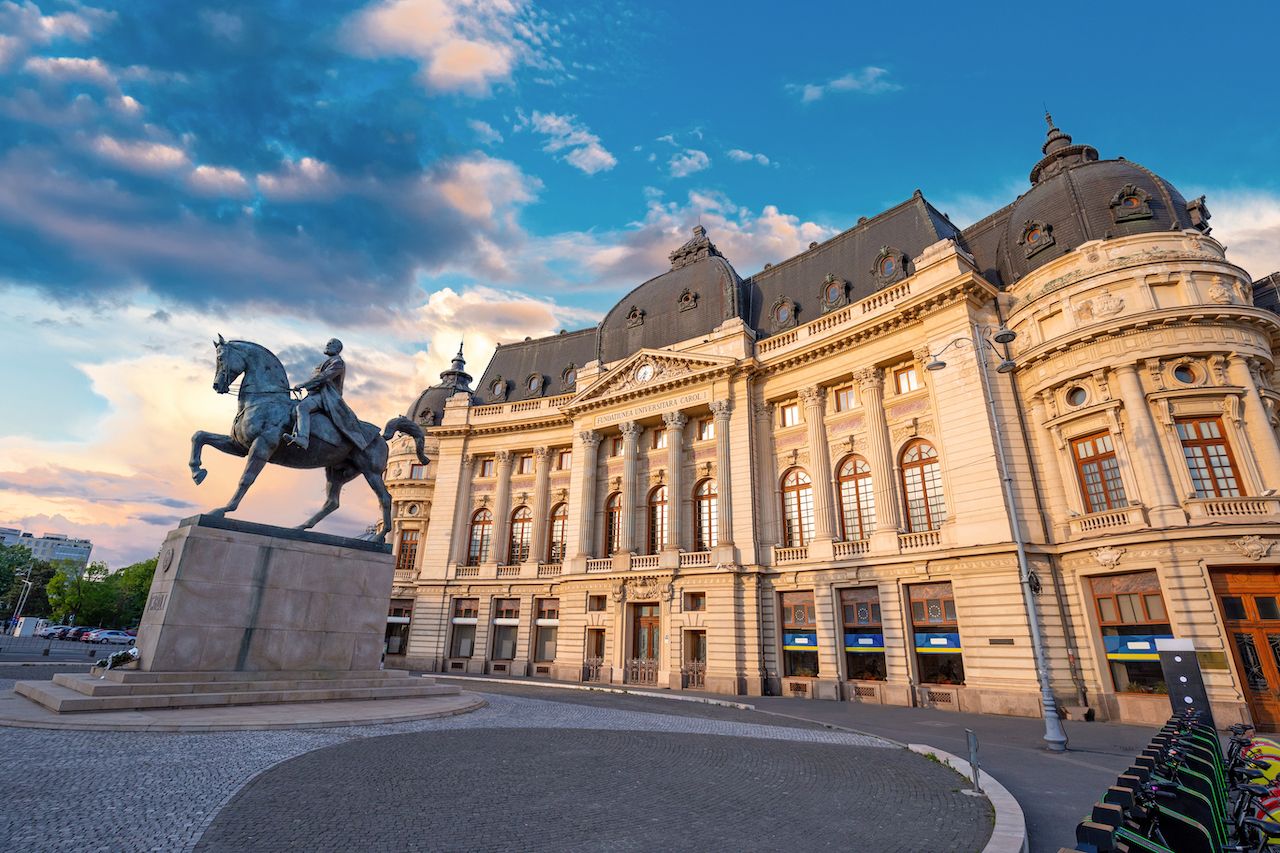
Photo: stoimilov/Shutterstock
After the revolution, Romanians gained a longstanding wish: freedom. Free elections. Freedom to travel anywhere in the world. Freedom of religion. Freedom to work outside of the country. Freedom to pursue studies in the world’s most prestigious universities. Freedom of expression. After more than 40 years of oppressive communism, during which time Romanians lived under constant scrutiny from the Securitate, Ceausescu’s secret police, and watched as their government squandered away the standard of living across the country, this freedom was seen as a true blessing for us.
I was a teenager when the revolution occurred. The first thing I remember was that we didn’t have to wear uniforms to school anymore. The students were so happy, as we finally had the freedom to wear whatever we wanted, such as jeans and colorful T-shirts. This was a dream come true for many teenagers; however, not everybody could buy fancy, quality clothes. Plus, the shops that sold the latest fashion styles were few at that time. Still, knowing that it could be possible and that we had the choice to do so was an incredible feeling.
2. Trust in government is still low but looks to be on the rebound.
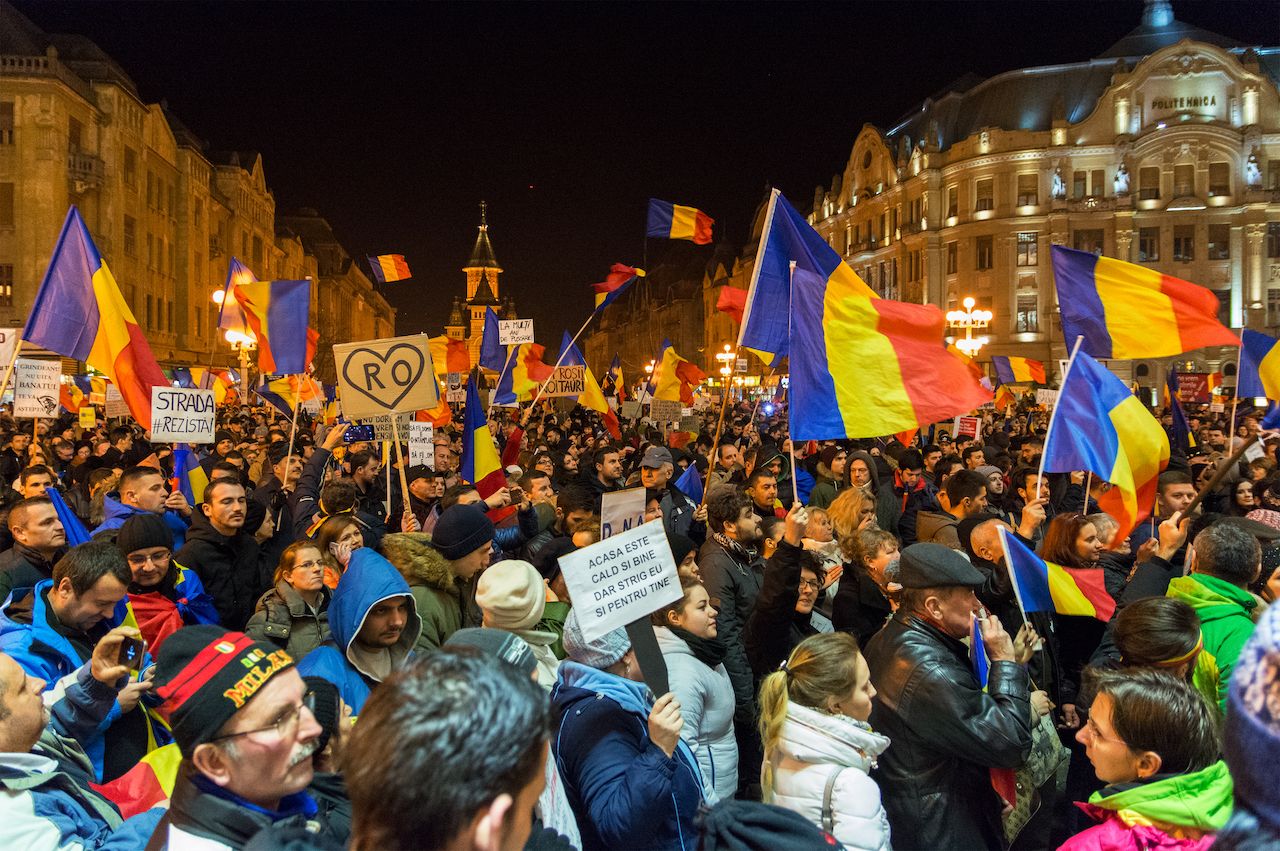
Photo: Bogdan Vija/Shutterstock
A few months after the overthrow of the communist regime, Romania’s first free national elections in more than 50 years took place on May 20, 1990. The National Salvation Front, a group dominated by former communists that had run Romania since the revolution, won the elections. Opposition parties lacked the resources and time to organize an effective alternative.
Despite the gains of the revolution, the victory of the National Salvation Front remains a low point to many Romanians. Thirty years later, the quality of the political class is still rather low. Most politicians seek personal advantages and control of the public funds. Earlier this year, the country’s most powerful politician, Liviu Dragnea, was sent to prison for instigating abuse of his office. One outcome of the ongoing corruption is that every time we have elections, many people aren’t motivated to vote due to the lack of competent candidates. In 2019, the turnout for the presidential elections voting round was 49.87%, the lowest since the presidential elections began in 1990.
Civic awareness is growing, though, with the hope that this will put pressure on the political class and help to eradicate corruption. After many parliamentary procedures, the government of the Social Democratic Party (perceived by many as a follower of the communists) has been replaced with one led by the National Liberal Party on November 4, 2019. An important and positive reform of the country is expected.
3. The government’s inefficiency in education and healthcare continues.
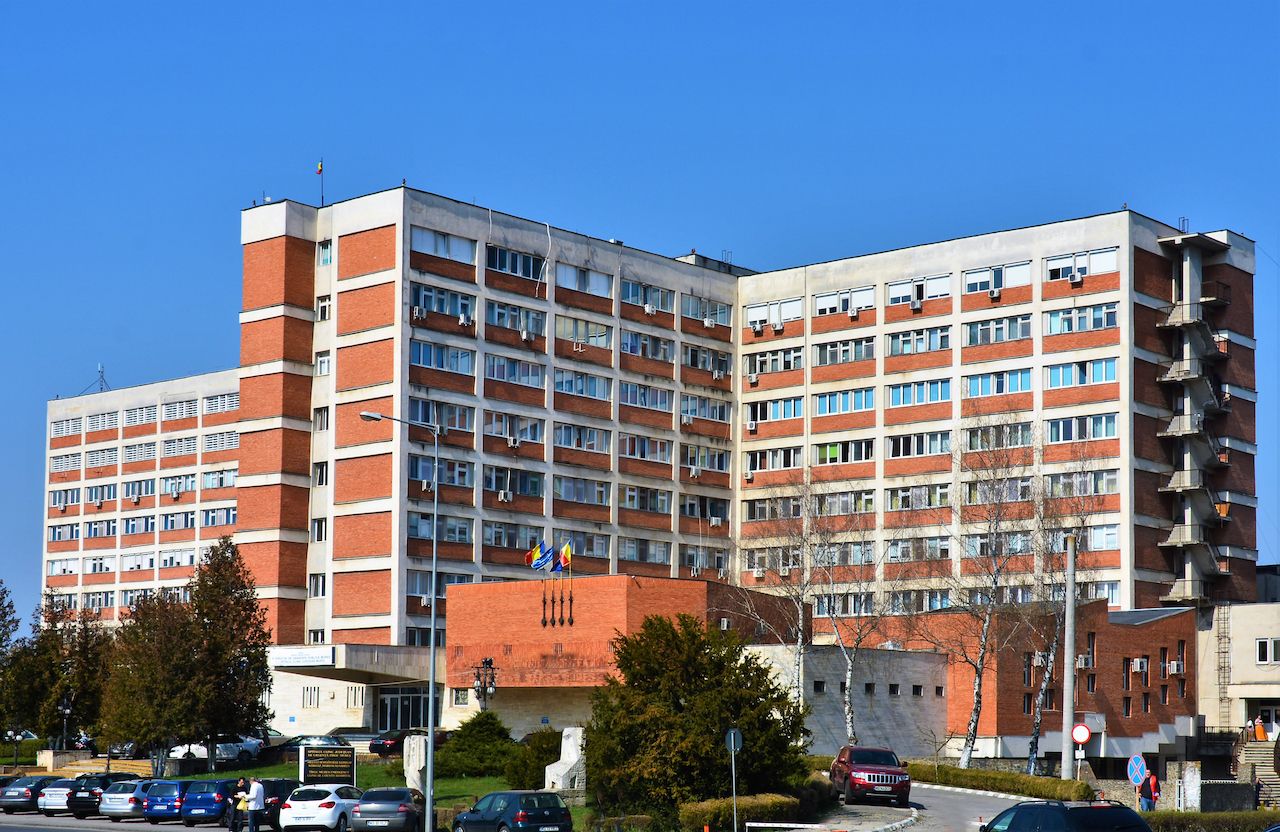
Photo: Sebastian_Photography/Shutterstock
Thirty years after the revolution, the process formally known as Educational Reform is ongoing, but the level of education has lowered considerably. Many new, private universities have appeared on the market, but their quality level is pretty low when compared to those in Western Europe or the United States. It is easy to graduate and get a diploma if you pay your student taxes. The statistics show that in 2019, the percentage of functional illiteracy of young people in Romania was 44 percent on average — a disappointing result compared to 2015. Thus, Romania is one of the poorest European countries in terms of education.
Many state hospitals (especially in the province) also display a discouraging image. They lack quality equipment and medication and have poor conditions for patients. Speak to a Romanian about healthcare after many failures and scandalous stories, and you’re likely to hear something along the lines of, “You go to the hospital for certain illness, and there you get ill of something else.”
On the contrary, private hospitals offer Western European standards, but they are pricey and compulsory health insurance doesn’t cover these services. As such, most Romanians can’t afford to use these private hospitals.
4. Human rights and development have progressed since Romania joined the European Union and NATO.
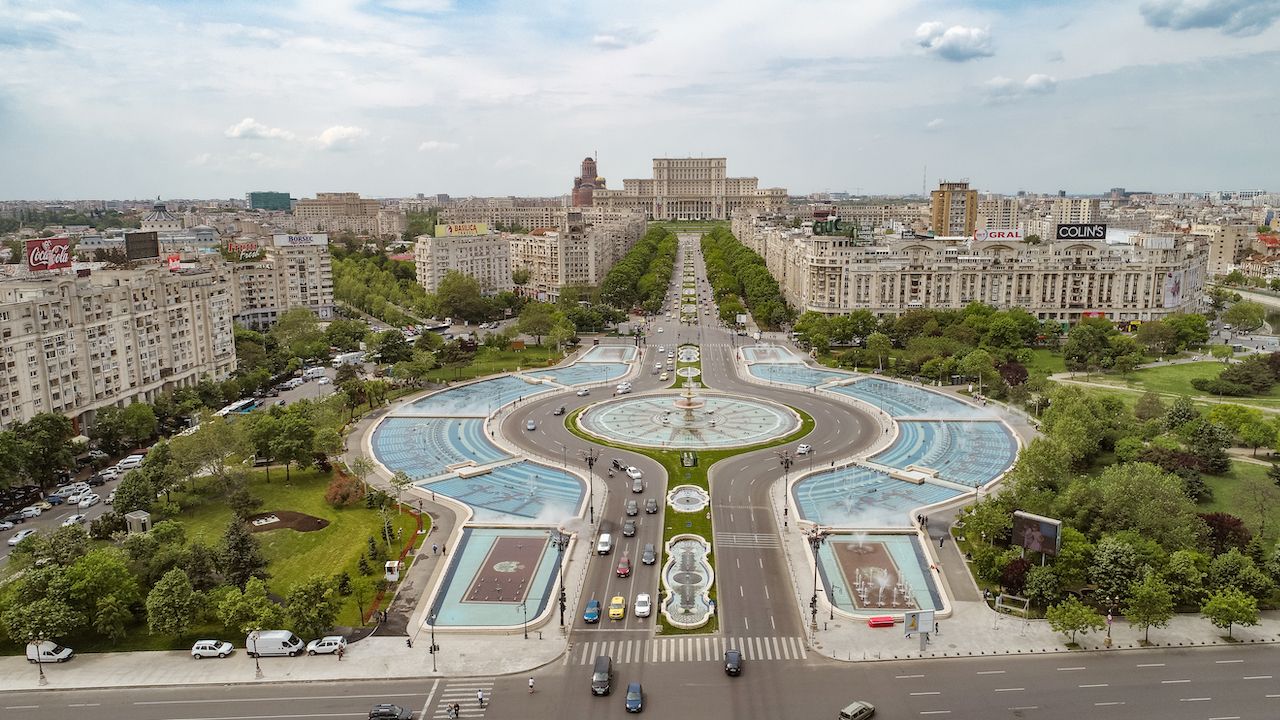
Photo: Paul Antonescu/Shutterstock
In 2004, Romania set a strategic partnership with the USA and became a NATO member. Three years later, on January 1, 2007, Romania entered the European Union, an event that has enforced a set of rights and obligations aimed to secure the country’s development in the right direction. This has included the possibility of accessing important European funds for carrying out development projects with high social resonance, such as improving the country’s poor road infrastructure. These projects are a work in progress, but belonging to the EU and NATO has given a general feeling of stability and of being both defended and protected. As such, Romanians are among the lesser of Euro-skeptics.
5. Society has become highly polarized.
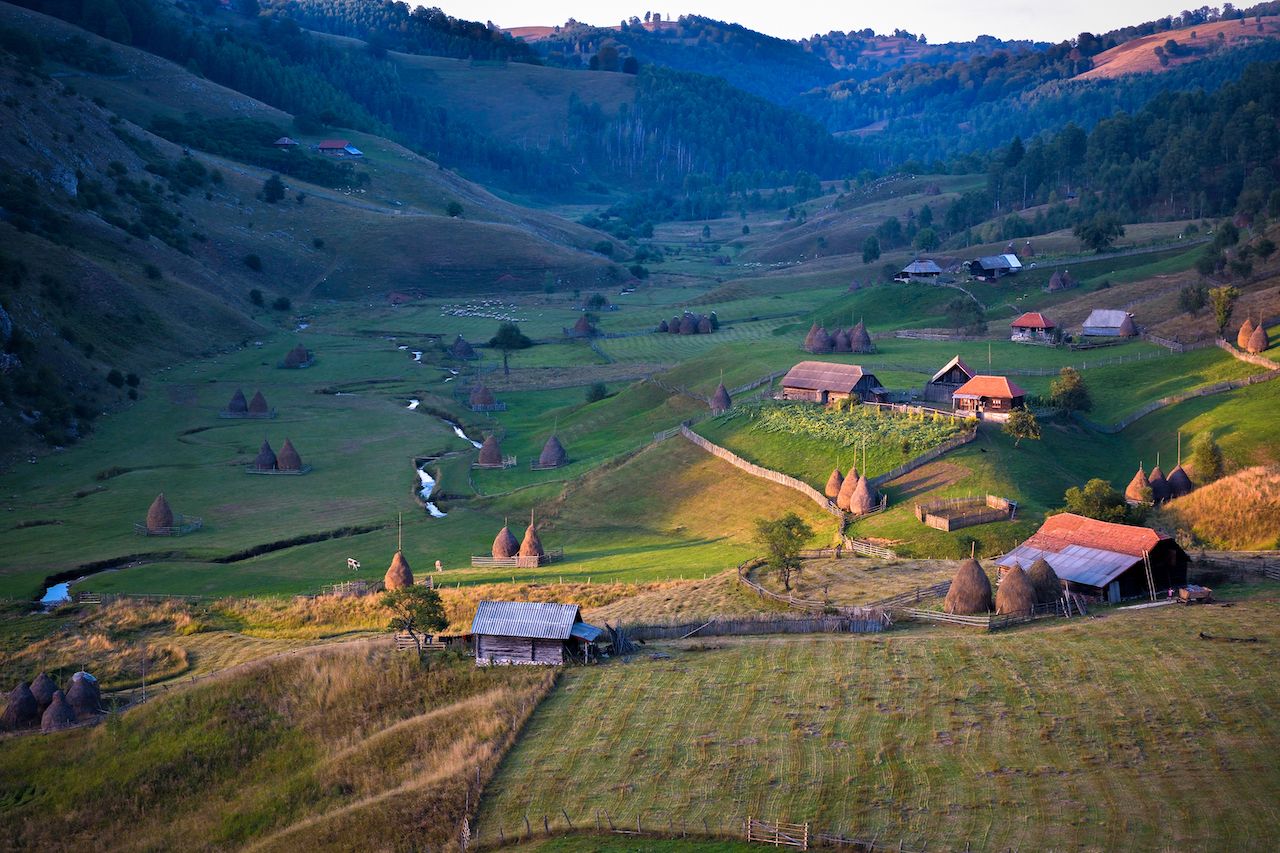
Photo: Hurghea Constantin/Shutterstock
Romanian society has gradually become strongly polarized, politically and socially. A small number of rich people have experienced much of the available gain in living standards since the revolution, versus the many who live below the poverty threshold. This is especially true in rural areas, where approximately half of the population lives in poverty. The agricultural activities on small rural properties have become unprofitable without a suitable protecting legal framework. To compensate this situation, young people are locking their houses in traditional villages and moving to nearby towns hoping they can make a better living there.
Bucharest has the largest concentration of luxury and opulence. The country’s other big cities of Cluj, Timișoara, and Brașov closely follow its model. In these cities, one can find big brands, business offices, malls, and quality services. For this reason, travelers who start their trip through Romania in one of these cities are tempted to judge the country’s situation based on these appearances. The truth is that if you want to experience Romania as many Romanians do, you have to go to its villages, as long as they still exist.
6. Many still struggle to afford daily necessities.

Photo: Slatan/Shutterstock
To truly grasp how things have changed since the revolution, it helps to speak with those who experienced the full brunt of communism. My parents, Dorel and Irina Marchian, were born right after WWII and have lived half of their life in communism. “In communism, we had a secure job and salary, but the shops were empty and we had a hard time finding even food,” they told me recently. I recall such memories from my childhood when my mother would send me to the only shop in the neighborhood in an attempt to collect our monthly ration of sugar and oil.
After the revolution, the situation has gradually changed for the better. Shops now offer a wide range of foods and products. However, due to small salaries or insufficient pensions, many retirees and employees still experience difficulties acquiring these goods for use in their daily life. Many people are in debt and live from paycheck to paycheck. “Now, the shops are full of anything you can dream of, but we don’t have money and we can’t afford even the basics.”
7. Certain industries are rebounding, but many young Romanians are emigrating abroad.

Photo: Yauhen_D/Shutterstock
Soon after the revolution, most of the country’s major industry disintegrated. Jobs in mining, chemical processing, oil, and production were lost. Old factories and yards have been abandoned, and most of the technical products are now imported. But in a few fields, Romania has managed to keep its excellence (and jobs). For example, Dacia cars, now rebranded under Renault, has become very popular in many countries. Romania is also known as a real power in the IT field. In many other fields, private start-ups are trying to contribute to a modern economy, with a particularly heavy focus on the country’s tourism industry and ecological agriculture.
Many Romanians have left the country in search of a better life and better-paid jobs. According to the Romanian paper Business Review, nearly 3.4 million Romanians have emigrated since 2008. Among these are especially well-trained young people, a true brain-drain in various fields from doctors and engineers to researchers. They send money back home to help their families and relatives, and many continue to visit Romania as often as possible. The perception of the country’s expats of their homeland is one of slow but positive development, and many report a desire to come back “home” at some point.
8. Religious traditions surrounding Easter and Christmas have been reinvigorated.
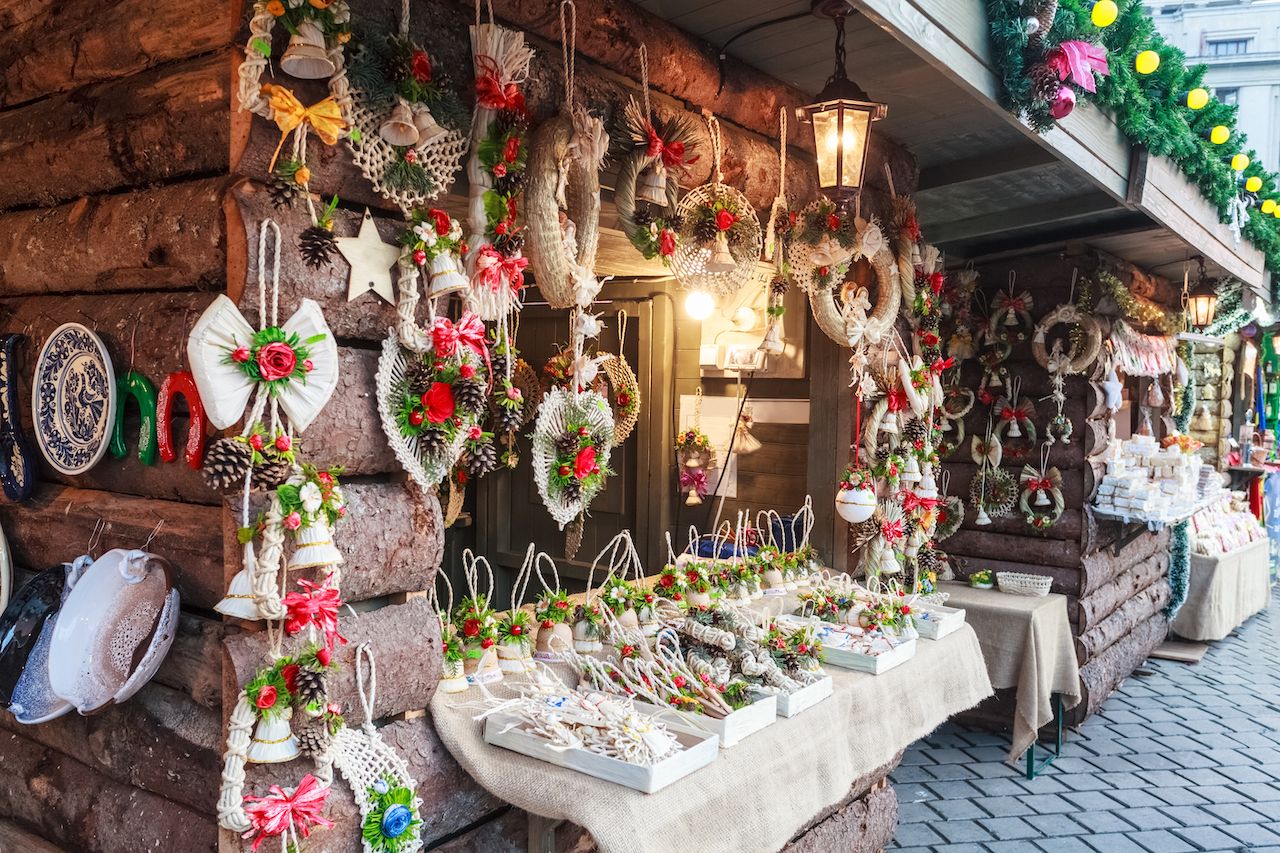
Photo: Cristian Balate/Shutterstock
Since the fall of communism, freedom of religion has allowed people to return to their traditional customs. As a largely Christian nation, Easter and Christmas are the two main celebrations held each year. Religious rituals had been forbidden during the communist regime, though many people continued to perform their practices in secret.
Nowadays, Christmas is celebrated by all ethnic groups throughout the country. Christmas fairs have become popular in the major cities and European travel agencies include on their list many of Romania’s holiday markets in Bucharest, Sibiu, Brașov, Cluj, and Timișoara. To learn more about the traditional Christmas customs practiced in Romania, witness the folk dancing and caroling that takes place alongside traditional dishes like sarmale and cozonac in the countryside.
Easter is a bit different in Romania, and each religious group celebrates it on different dates. In Transylvania, Catholics celebrate Easter one week before the Orthodox in the rest of the country. This is proof of religious tolerance, and for travelers, it is a way to experience a broad range of local customs and liturgical services.
9. The full truth about the ‘89 revolution is still unknown.

Photo: Balate Dorin/Shutterstock
In 2018, the trial of the deaths that took place during the 1989 revolution was finally, and officially, opened. In this process, Romanians hope to find out the truth of what exactly happened during those violent days. Taking advantage of the demonstrations that ignited unexpectedly throughout the country, many believe that the then-new rulers — who were former communists — ordered the army to open fire on protesters. At that time, to disguise this action and justify the term “revolution,” it was suggested that former members of Ceaușescu’s troops tried to protect the dictator, or even that “terrorists” shot the crowds of demonstrators.
As a free nation, we are all hoping the hidden events that led to destruction and more than 800 deaths — some sources claim nearly 1,300 — and more than 3,000 people injured during the revolution will be uncovered.
10. You can still see the marks of the revolution today.

Photo: trabantos/Shutterstock
Since the revolution, tourism development in Romania has decreased due to a reduction in the number of tourists, both from within Romania and from other countries. Nowadays many resorts and hotels built during the communist period stand abandoned. In the big cities of the country, though, you can see marks of the revolution and of the communist architecture so common before it took place. In Bucharest, don’t miss the People’s House, also called the Parliament Palace. It’s one of the largest administrative buildings in the world after the Pentagon (and, oddly, the heaviest) and is representative of the Stalinist architecture of the communist period. The gigantic building is visible from many places in the capital, and it features over 6,000 rooms.
Timișoara is another emblematic city of the country. There, you’ll inevitably explore Victory Square, also known as Opera Square. Victory Square is the central square of the city and was designed at the beginning of the 20th century on the site of the old city fortifications. It became a significant historical place after the bloody events of December 1989, when the protesters gathered there would proclaim Timișoara as the first free communist city in Romania.